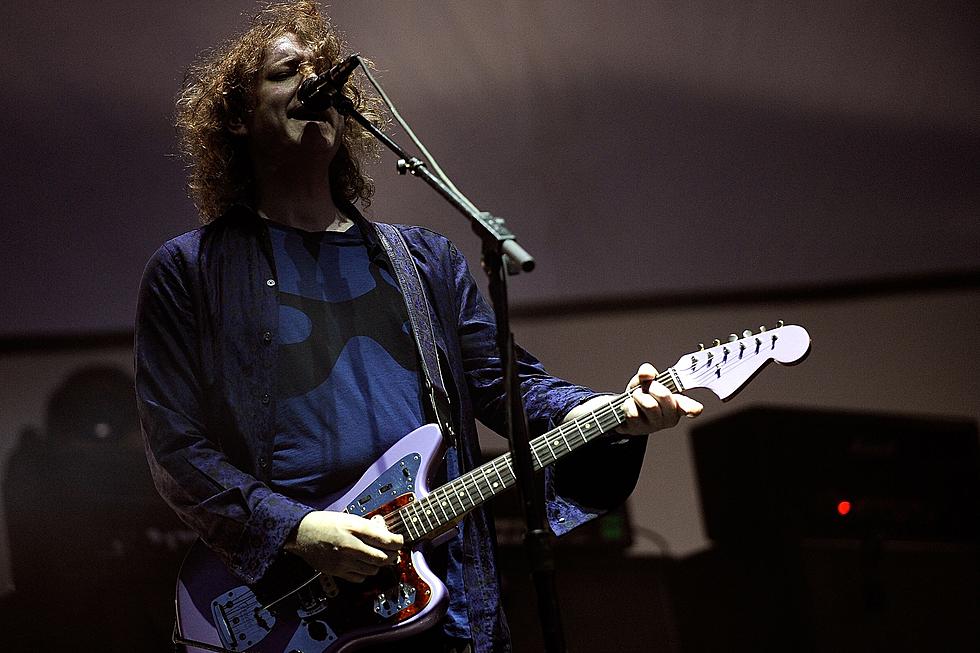25 Years Ago: My Bloody Valentine Release a Shoegaze Classic, ‘Loveless’
My Bloody Valentine had set the stage for their groundbreaking album Loveless in the year and a half leading up to its release. First they did it with the 1990 EP Glider and then with Tremolo, the six-song EP that preceded Loveless' November 1991 debut by nine months.
Both prior works share the shoegazing dream-pop of the LP, as well as some of its songs. They were mere appetizers to the full-blown glory of the album that sands as one of the '90s' most defining records.
For a band with little chart presence, even in its Ireland homeland, and a handful of records to its name, My Bloody Valentine aimed big from the start for their second album. Leader Kevin Shields was focused on a particular sound for the record, and after much delay (they worked on the album for more than two years) and lots of cash (reportedly, more than half a million dollars was spent making the LP), Loveless came pretty close to his vision.
And depending on how you hear Loveless, it's a masterwork of noise, determination, subtlety, samples, dissonance or chaos. At the time, nobody was quite sure what to make of the 11-track, 48-minute LP. A quarter-century later, not too much sounds like it still, but its influence on alternative music is immense.
Shields built layer after layer on top of shimmering guitar noise, filtering rhythms and melodies through effects like backward looping to achieve a sort of dream state between the notes. On the album's best songs -- like "Only Shallow," "When You Sleep" and "Soon" -- the woozy interplay among the music, Shields' and Bilinda Butcher's vocals and the pristine production (credited to Shields and, for one song, drummer Colm Ó Cíosóig, along with some help from the dozens of engineers they blew through during the sessions) create a sort of organized disorder.
For the most part, Shields played almost every note on Loveless. He also wrote the majority of the music, which matters infinitely more than any of the mostly unintelligible words sung here. So when the record company (which later claimed was bankrupted by the making of the album) needed someone to blame for the LP's delays, skyrocketing costs and many studio changes, Shields became a target.
He brushed off or shouldered most of this, confident that the record he was making would be worth the trouble. And he was right, even though it took some years before its reputation reached the level it's at today. The guitars, which are the center of the mix, drift in and out of tune, as Shields hammers away at his instrument's tremolo bar, giving Loveless its distinct sound. It's a loud record, often reaching distortion-overload red levels, but it's also a soothing one, wrapping the listener in blankets of comforting noise. It's one of the few albums in rock history that can be called delicate and damaging at the same time.
Adding to all of this were sampled drums, tape loops, indecipherable lyrics and various production and performance tricks that helped to secure the LP's legend over the years.
It was a hard act to follow, so Shields, ever the perfectionist, didn't. In 1996, he started work on the third My Bloody Valentine album before pulling the plug on it and the band, and retreating to seclusion, the following year. In 2013, 22 years after Loveless' release, Shields and the band finally returned with MBV, a spiritual ancestor to the album that became a genre, decade and music landmark.
The Top 100 Alternative Albums of the '90s
More From Diffuser.fm









